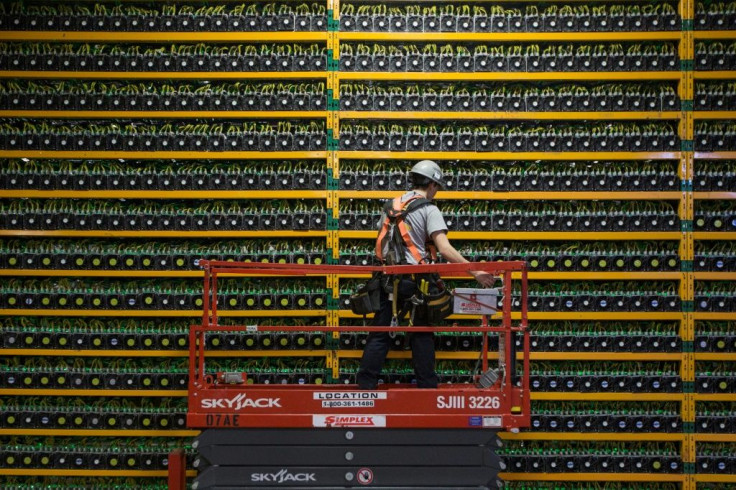CloudCoin's Liquidity Problems To End Soon, Will Be On 40K ATMs Worldwide By Year-End — CEO
KEY POINTS
- CloudCoin will join Bitcoin in over 40k ATMs worldwide by year-end: CEO
- CloudCoin is ‘greener,’ and takes just microseconds to complete transactions: Sean Worthington
- Says CloudCoin to see "inflection point" in next month and a half
CloudCoin is hoping to be in more than 40,000 ATMs worldwide by the year-end and its liquidity problem is expected to end very soon, its founder and CEO Sean Worthington said.
In an exclusive interview to International Business Times, Worthington said: "We are supposed to start our development of elements next week. And when we do it should only take a couple of weeks to do and there might be some other things that need to happen on the machines, but so I'm hoping that by the end of the year, we will be in ATMs all over the world."
Last month the company said while announcing the plan to be on ATMs across the world that 15,000 of those ATMs will be in the United States. The ATM machines, which are owned and operated by B4U Financial, can be used to withdraw cash from the user’s CloudCoin account, while also enabling them to trade the cryptocurrency from the machines themselves.
At present, CloudCoin ranks 5,900 in the cryptocurrencies chart and is priced at $0.007706, according to CoinMarketCap data. The CloudCoin founder expects to see an inflection point in the sales of the crypto "very soon."
"I think that the biggest problem that we have now is liquidity," Worthington said. "That means the ability to take it and change it into something else. That's going to be solved within the next couple of weeks.
"And our mint is out almost empty. So in a month and a half, our mint will be empty. That means that there will be no more supply or no more supply increases. Where for the past five years, we've been spending cloud coins into existence. And that means that the price there's always been (under) pressure, downward price pressure, and that's going to be gone. And so I just think that we're going to see a huge inflection point here and about a month and a half."
CloudCoin has touted itself as a "greener" alternative to Bitcoin, and Worthington said one of the benefits of the ATMs is that there is no fees involved, whereas with Bitcoin "you can pay the miners $8 per transaction."
CloudCoin is built on Redundant Array of Independent Detection Agents, or RAIDA, and not the traditional blockchain. The RAIDA protocol is considered secure against cryptanalytic attacks by a quantum computer. This, Worthington said, makes CloudCoin "truly private" while other cryptos are "pseudo-private."
"We're also approaching governments through other companies. And they're also interested in the fact that it is carbon neutral. That's a big draw to it," Worthington added.

Explaining how CloudCoin has managed to be greener than any other token out there, Worthington said, "With RAIDA, we just use proof of authenticity. And to do that, we just have to have a simple update command. There's no heavy encryption required. And so I just say, here's my current password. Here's my new password. The coin is number 758. That computer just looks and sees it as it matches the password, changes it and gives it back. So this is what we call an update command and it uses hardly any electricity."
Worthington claimed that the entire CloudCoin system uses less electricity than a "typical American household every year."
The European Central Bank recently described crypto-assets exorbitant carbon footprint as "grounds for concern," with Bitcoin's annual energy consumption being half that of the entire UK, and growing.
Disclaimer: While there are promises made every day, experts warn investors to make purchase decisions carefully when it comes to cryptocurrencies. The SEC in September issued an alert for investors that read: “Fraudsters continue to exploit the rising popularity of digital assets to lure retail investors into scams, often leading to devastating losses."
© Copyright IBTimes 2025. All rights reserved.





















